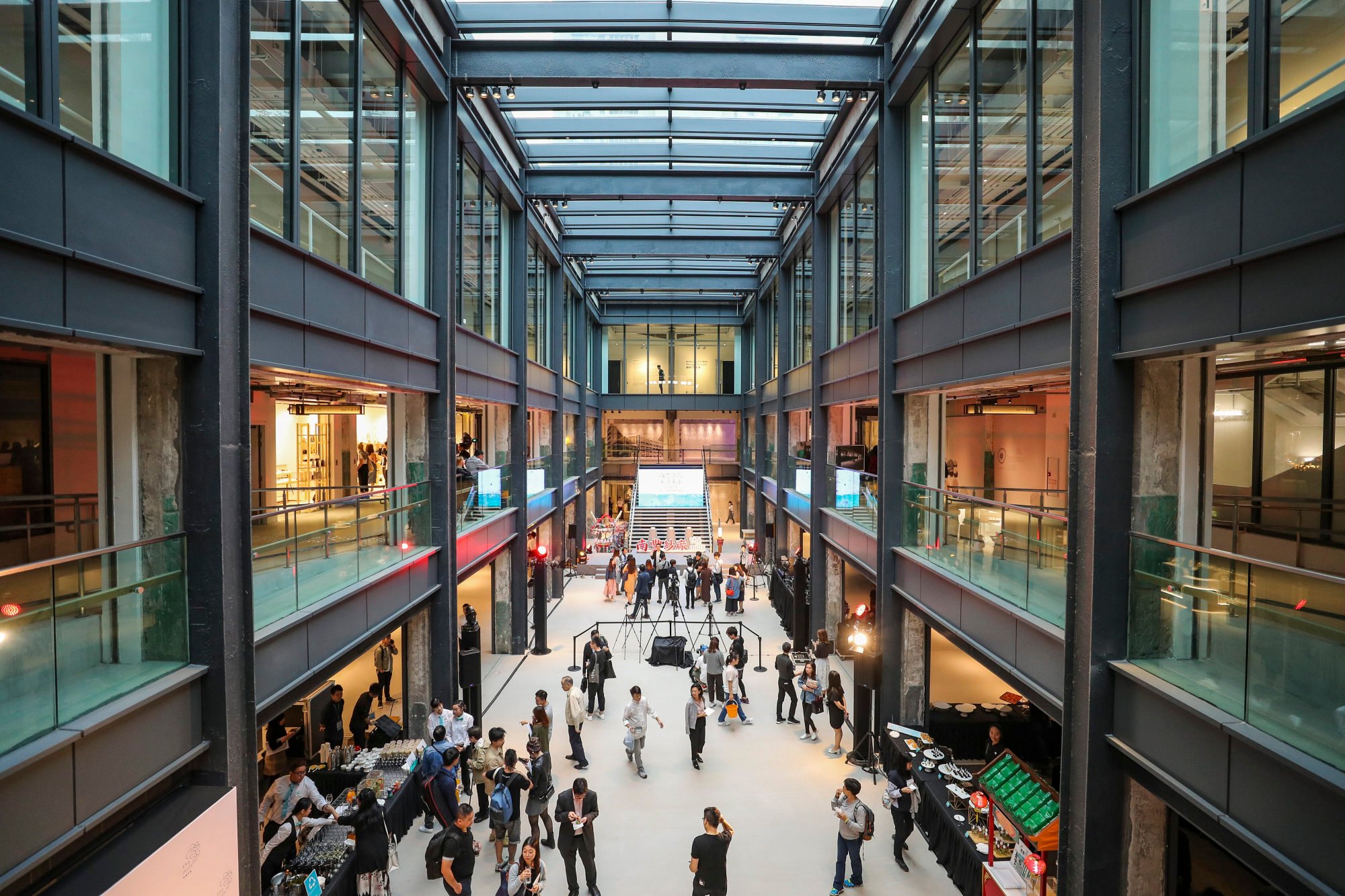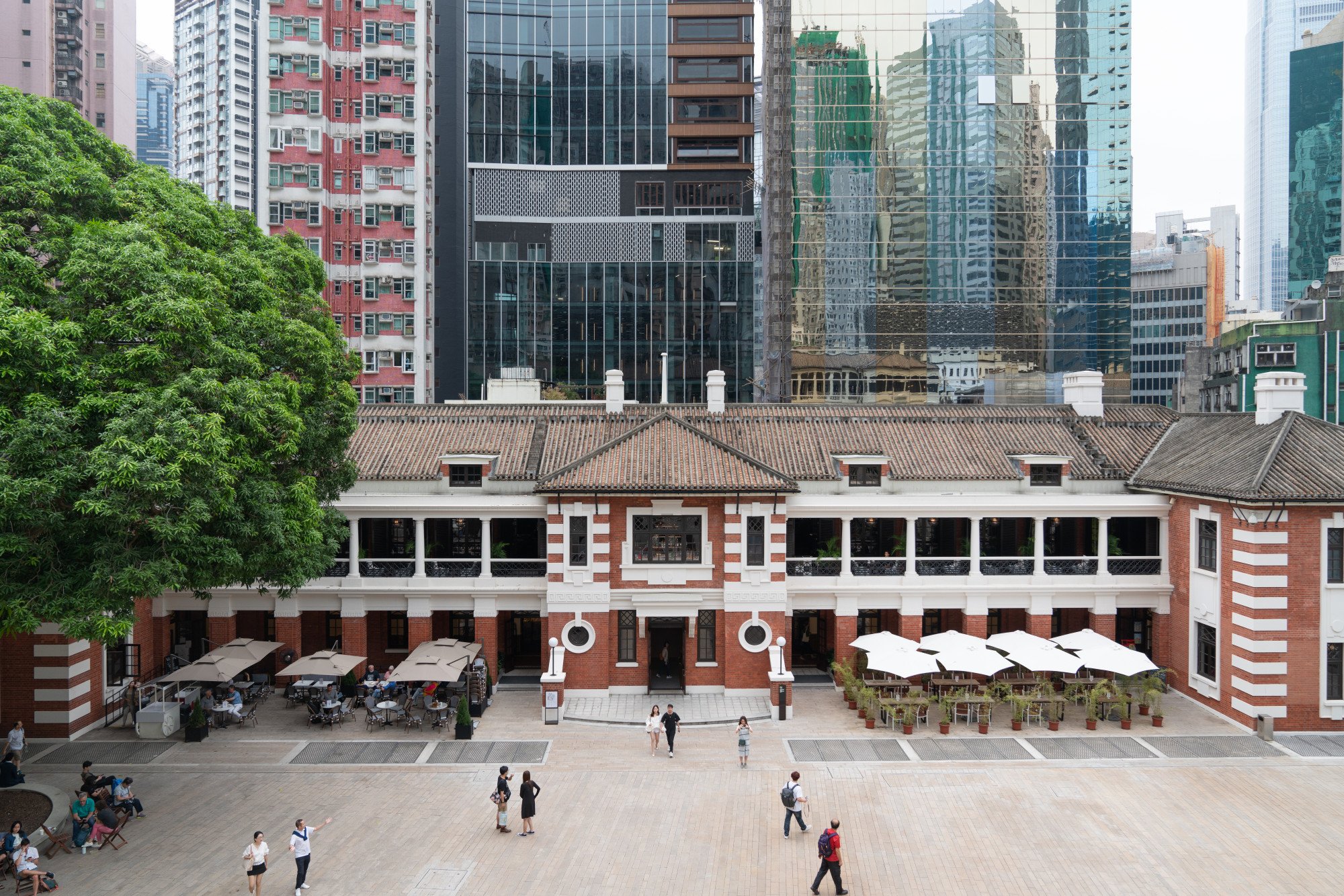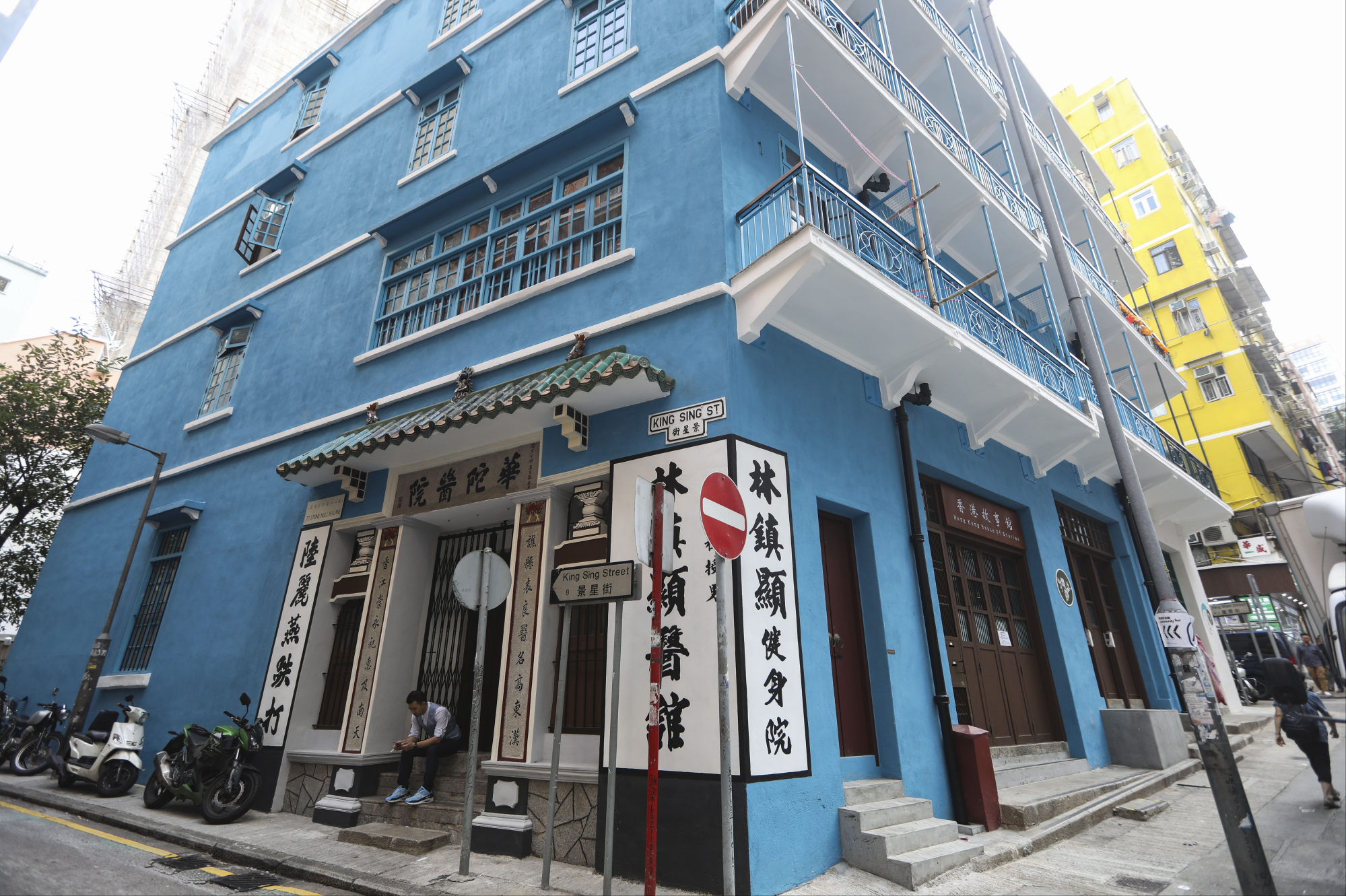Can Hong Kong preserve its historic buildings before it’s too late? From Nan Fung Group’s The Mills to New World Development’s State Theatre, the race is on – but not all projects are tastefully done

The 68-year-old State Theatre in North Point is just the latest historic Hong Kong building fated for a facelift. The Grade I listed building, a former cinema and local landmark, is being revamped by New World Development into what it calls a “new cultural performing arts landmark”. It comes hot on the heels of several successful recent conversion projects such as PMQ and Tai Kwun in Central, and The Mills in Tsuen Wan.
First announced in 2020, the conservation project will include a captivating parabolic exoskeleton structure on the rooftop, known as “flying trusses”. The developer also hosted an immersive Discover the State Theatre In All of Us event in 2021 to inform the public of the building’s history.
Why luxury Hong Kong homes are losing value faster than anywhere
“The State Theatre has a lot to do with public nostalgia. For the developer, proper investment in conservation can at least create a good image,” said Peter Lee, a researcher on Hong Kong’s history at Lingnan University.
Another building that has morphed in similar fashion is Kong Ha Wai, a Grade III historic Hakka building in Yuen Long that was preserved, renovated and repurposed by Hong Kong’s Henderson Land Development into an educational space for exhibitions.
Over the years, both the government and private developers have taken the lead in such projects.
“PMQ and Tai Kwun are projects led by the government, which has rolled out certain revitalisation schemes since 2008,” said Peter Wong, CEO of Pete & Dave’s Cultural Heritage Consultancy Ltd, which specialises in archaeology and cultural management. The government, with the help of NGOs and professionals, also evaluates various buildings and determines their listing grade.
How China’s ‘Silicon Valley’ Shenzhen stacked up more billionaires than the US

According to Wong, there are fewer revitalisation efforts by the private sector, with The Mills being the biggest project he can recall. It was undertaken by Nan Fung Group and completed in late 2018. Formerly the Nan Fung Textiles factory, the location now consists of a museum, event spaces, dining venues and cultural creation stores.
Is Hong Kong finally ready to reopen to the world in 2023?
Preserving historic buildings that are privately owned is not always easy, as owners may have the right to apply for demolition and reconstruction, regardless of the type of building.
“Even if the building is of the highest Grade I, which proves the building has tremendous value, the owner still has the right to [demolish it]. And the government would usually avoid conflicts such as litigation with those owners,” Wong said.

Thus, the protection of such buildings depends not only on efforts by developers or the government but also the public.
“The government cannot intervene much, but grass roots organisations or even individuals can advocate and raise topics to the press or on social media to arouse people’s awareness of the importance of those old buildings,” Wong said.
Lee believes successful preservation projects are those that match the neighbourhood, do not cause disturbances, and help the public learn more about the past.
I would consider successful projects to be the Blue House in Wan Chai and the Ping Shan Tang Clan Gallery heritage museum. The common feature of both is that they are not commercialised

On the other hand, Lee is critical of the repurposing of the Central Market, which reopened last year after an 18-year hiatus, for being severely disconnected from the building’s past. The market was originally built to support day-to-day life but has, in his opinion, become all about consumerism.
Greener gastronomy: how Hong Kong fine dining finally embraced sustainability
“Although the use of the Blue House has little to do with the past, at least it is not a nuisance to the residents nearby,” Lee pointed out.
On top of efforts from the public, Lee hopes the government will be more responsible and designate historic buildings as a sort of publicly owned wealth, and take steps to prevent them from being hijacked by developers.

- The 68-year-old State Theatre is a former cinema in North Point and the latest historic Hong Kong building to be revamped by New World Development
- Other successful recent conversion projects include PMQ, Tai Kwun and The Mills, but some are critical of the repurposing of Central Market, which reopened last year after an 18-year hiatus